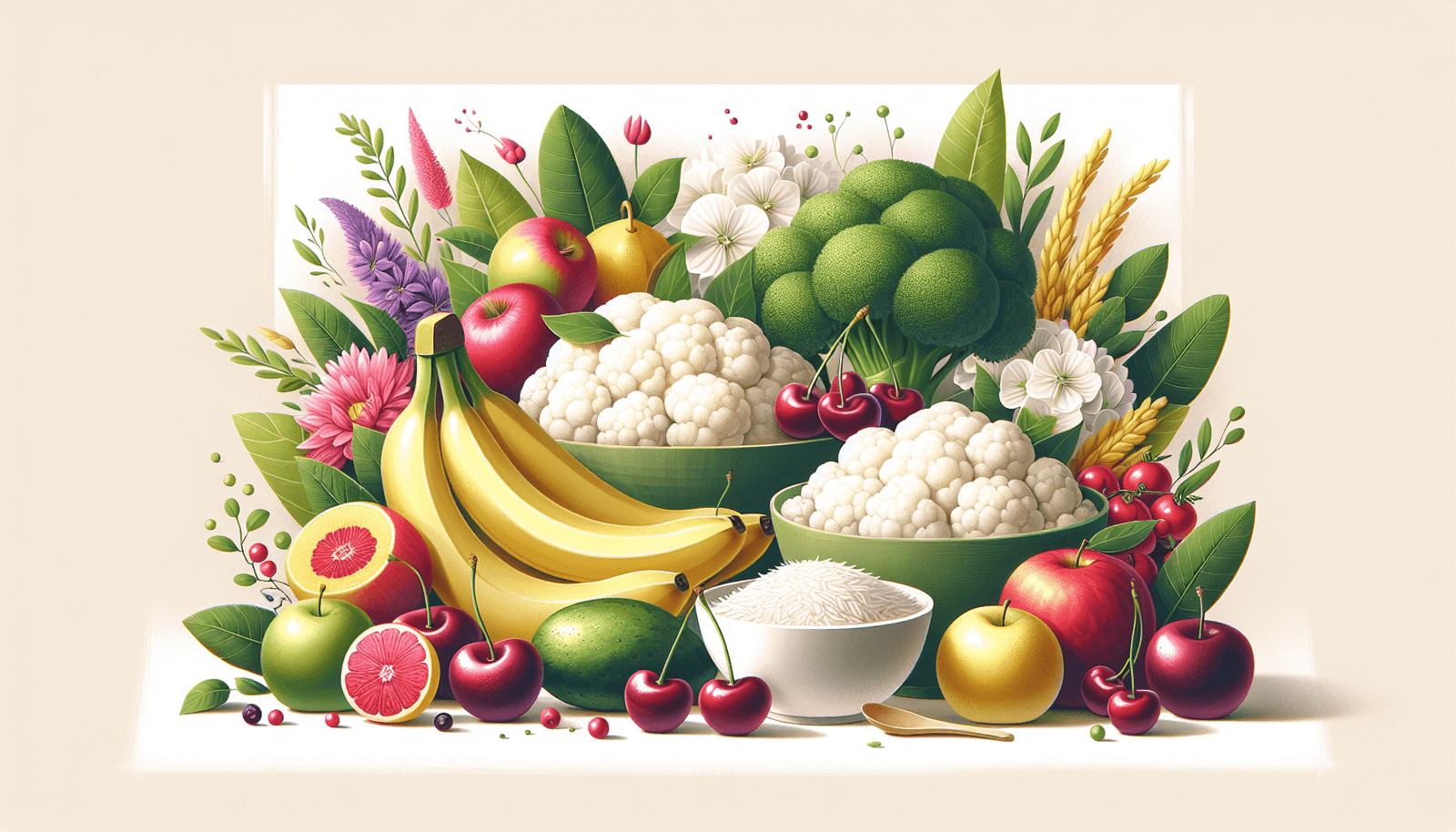Have you ever wondered about the connection between oxalates and pregnancy? You might be curious about dietary choices and nutritional requirements during this special time. Pregnancy can be overwhelming, with a flood of information about what to eat and what to avoid. One of the lesser-known topics is the role of oxalates, which are naturally occurring compounds found in many plant foods. This article will guide you through understanding oxalates, their impact on your health, especially during pregnancy, and practical tips to avoid them if necessary.

Understanding Oxalates
Oxalates are naturally occurring compounds found in a variety of foods, particularly in plants. They are also produced by the body and are a normal part of human metabolism. However, oxalates can bind with calcium in the body to form calcium oxalate, which is a main component of kidney stones. While not everyone who eats a diet high in oxalates will develop kidney stones, certain people are more susceptible, making it a potentially important consideration during pregnancy.
What are Oxalates?
Oxalates, chemically known as oxalic acid, are found in a range of foods, including fruits, vegetables, nuts, and seeds. They play a role in the plant’s metabolism but can have different effects when consumed by humans. In some individuals, high oxalate intake can lead to health issues, particularly concerning the kidneys.
Oxalates and Kidney Stones
One of the most significant concerns with oxalates is their ability to bind with calcium to form calcium oxalate stones in the kidneys. This process is not inherently dangerous for everyone, but pregnant individuals or those with a predisposition for kidney stones may need to be cautious. The discomfort and health risks associated with these stones can range from mild to severe, making it a relevant topic during pregnancy.
Why Consider Oxalate Intake During Pregnancy?
Pregnancy is a time when th amount of nutrients and diet are more crucial than ever. Understanding how oxalates fit into this can help you make more informed dietary choices.
Nutritional Needs During Pregnancy
During pregnancy, your body requires additional nutrients to support both your health and the growing baby. While some foods high in oxalates are also rich in essential vitamins and minerals, it’s important to balance these with your total dietary needs.
Balancing Oxalates and Nutrients
The main challenge is to ensure that any potential need to limit oxalates does not negatively impact your overall nutritional intake. Foods like spinach, for example, are high in both nutrients like iron and oxalates. A balance must be struck between obtaining necessary nutrients and avoiding excessive oxalate consumption when needed.

Foods High in Oxalates
Knowing which foods are high in oxalates can help you make informed dietary choices. This doesn’t mean you must completely cut these foods from your diet, but rather find a balance that works for your body and pregnancy.
List of High-Oxalate Foods
Below is a table detailing common high-oxalate foods that you might frequently encounter:
| Category | Foods |
|---|---|
| Vegetables | Spinach, beet leaves, Swiss chard |
| Fruits | Rhubarb, star fruit, figs |
| Nuts and Seeds | Almonds, peanuts, sesame seeds |
| Grains and Legumes | Wheat bran, soy products |
| Berries | Raspberries, blackberries |
Moderation and Alternatives
Instead of entirely avoiding these foods, consider moderating their intake or seeking alternatives. For example, rather than completely eliminating spinach, you could incorporate lower-oxalate greens like kale or romaine lettuce.
Practical Tips for Reducing Oxalate Intake
Reducing oxalate intake doesn’t have to be daunting. Here are some practical ways to manage your oxalate consumption, particularly during pregnancy.
Cooking Methods
Certain cooking methods, such as boiling, can reduce the oxalate content in foods. Boiling vegetables like spinach and discarding the cooking water can help lower their oxalate levels.
Incorporating Calcium-Rich Foods
Calcium-rich foods can bind some oxalates, potentially preventing them from forming stones. Including more dairy products or calcium-fortified foods might help in managing oxalate absorption.

Discussing Dietary Changes with Healthcare Providers
Before making any significant dietary changes, it is crucial to communicate with your healthcare provider. They can offer personalized advice based on your unique health profile and pregnancy needs.
Consulting a Dietitian
If you’re concerned about oxalate intake, a dietitian specializing in prenatal nutrition can provide tailored advice. They can create a dietary plan that aligns with your nutritional requirements while considering a need to manage oxalate intake.
Monitoring and Testing
Regular check-ups and, if needed, testing for oxalate levels or predisposition to kidney stones can provide further insight and peace of mind as you navigate pregnancy.
Conclusion: Balancing Health and Enjoyment
Balancing nutrition and enjoyment in your diet during pregnancy is achievable with knowledge and careful planning. Understanding and managing oxalate intake is just one aspect of ensuring a healthy and enjoyable pregnancy journey. With this information, you can approach dietary choices with more confidence and clarity.
By staying informed and seeking professional guidance, you can focus on the more joyful aspects of pregnancy, knowing that your dietary habits are supportive of your health and that of your baby. Remember, every pregnancy is unique, and finding what works best for you is the key to a balanced and healthy pregnancy experience.


